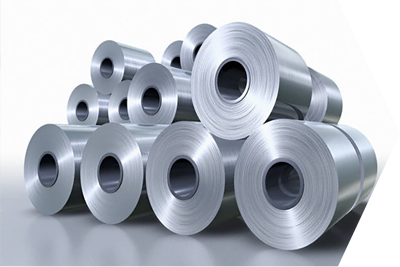Aluminium

In sandwich panels, aluminium with a flat or embossed surface is used. It can be used as natural, preservative lacquered or painted. Aluminum’s corrosion resistance is a very high. It is light weighted and it is a good conductor.
It is preferred in acidic or corrosive environments or under heavy industrial conditions. Since its expansion coefficient is quite higher than the galvanized sheet, its adhesion to the insulating material is weaker. It is not recommended in climatic conditions with night and day high temperature differences.
In sandwich panels, load bearing layer thickness should not be thinner than 0.50 mm and in corrugated sheets, the sheet should not be thinner than 0.70 mm.
| Alloy | Temper | Thickness Tolerance (0,60mm ≤Steel Thickness) |
Yield Strength | Tensile Strength | Elongation at Break % | Surface |
|---|---|---|---|---|---|---|
| AW 3000 Serisi | H16-H26 | ±0,05 mm | 150 N/mm² | 175 N/mm² | 175 N/mm² | Embossed, Lacquer or Painted |
| EN 573-3 | EN 485-2 | EN 485-4 | EN 485-2 | EN 485-2 | EN 485-2 |


